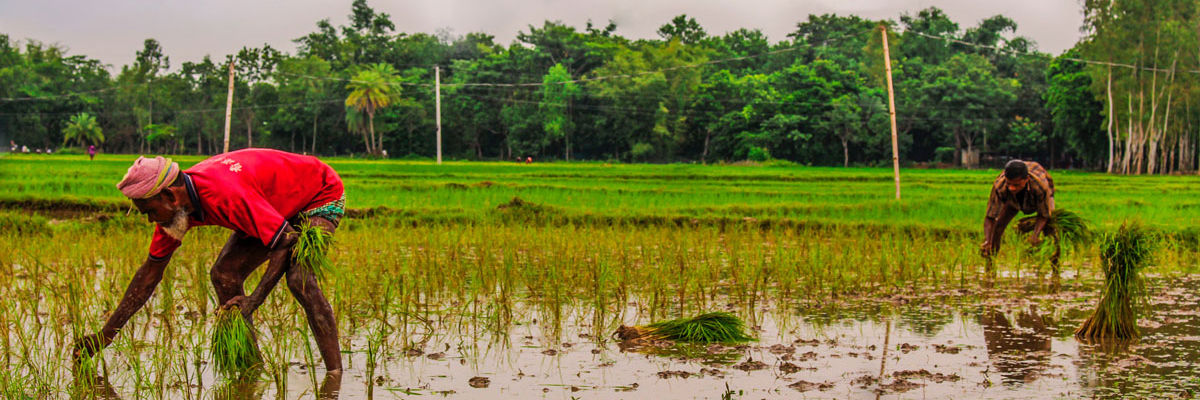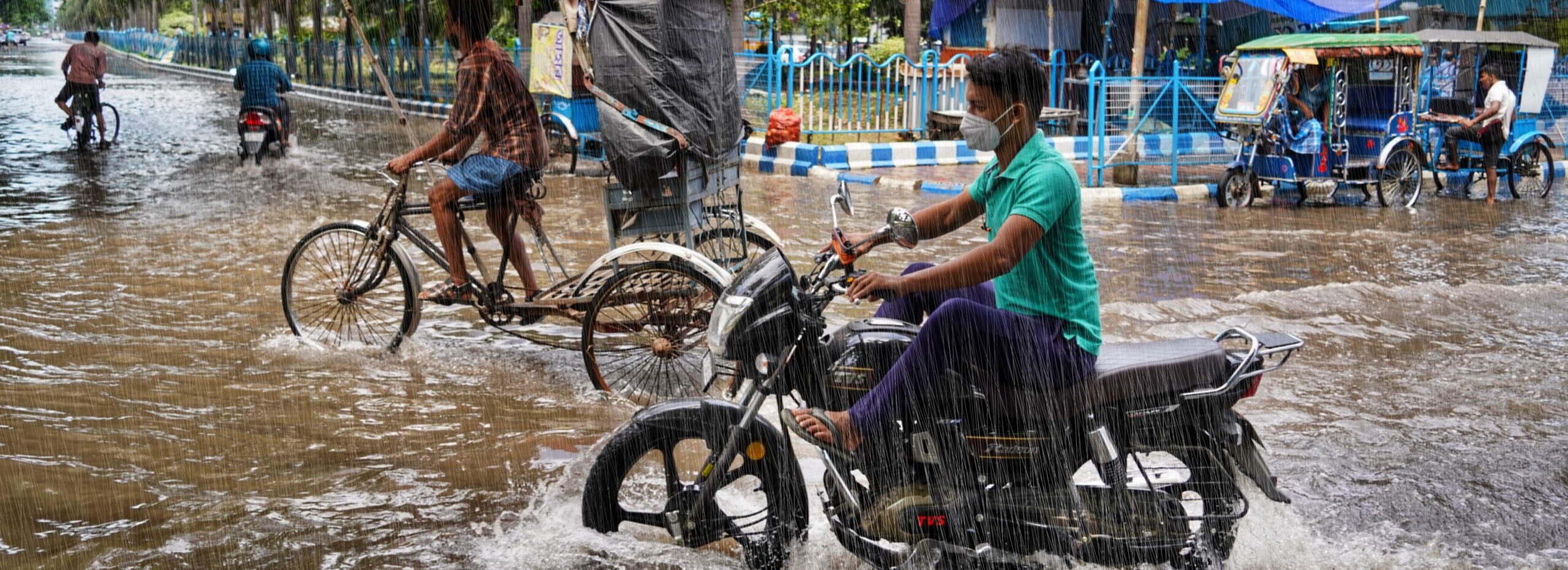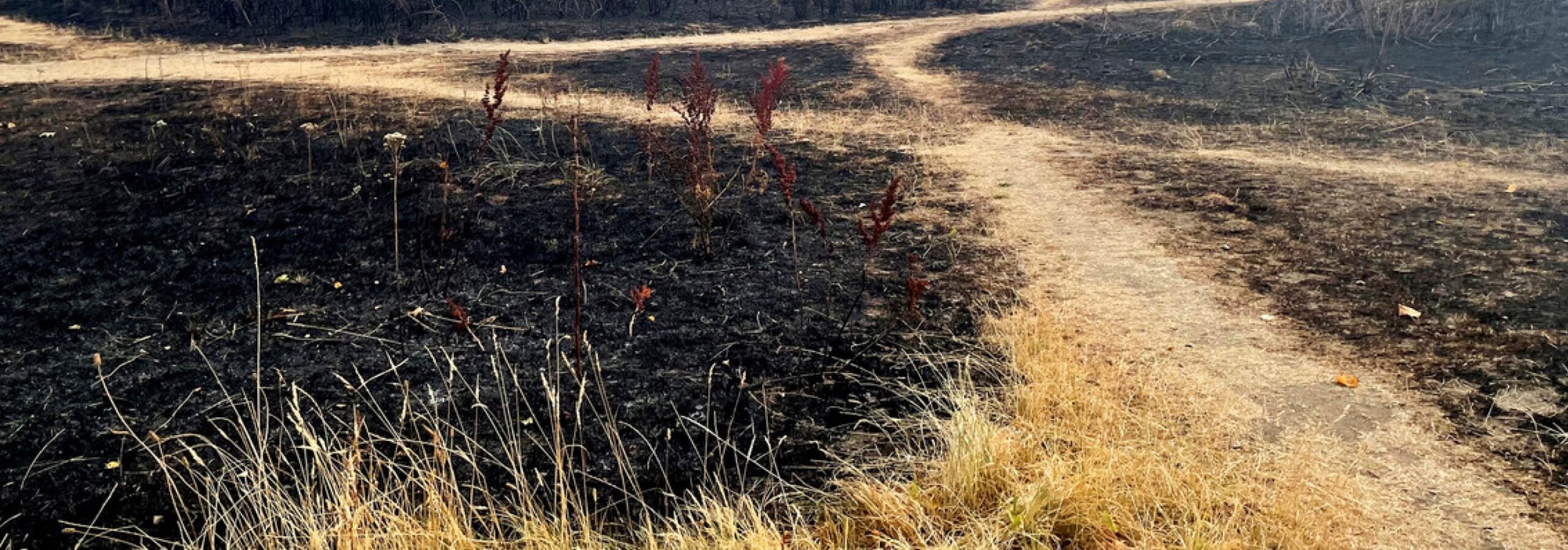Experiments were conducted with precipitation datasets (observations and models) to estimate changes in frequency of extreme 10-day precipitation accumulations over the Brahmaputra basin. Additionally, the precipitation datasets were used to drive hydrological models to calculate river discharge, and the results subsequently compared with discharge observations. The use of multiple models and several observational data sets to assess changes in both precipitation and discharge extremes allowed the meteorological and hydrological approaches to be compared and the robustness of the attribution results to be assessed.
The best estimate on the trend in floodings at least as severe as the Brahmaputra event of August 2017 is derived by synthesizing the observational and model results. The change in risk estimated to have occurred since pre-industrial times is of a similar order of magnitude for both the meteorological and hydrological approach – an increase with a factor between 1 and 2. Extending the analysis to the future, to a climate with 2 ºC global heating since pre-industrial times, all models project an increase in probability of these types of extreme events. In such a future climate, models predict that extreme 10-day precipitation accumulations become more than 1.7 times more likely and discharge extremes about 1.5 times more likely.
Moreover, this study shows that investigations of changes in precipitation are still useful for precipitation-induced flooding events. An analysis of precipitation could either be used as an alternative to discharge when hydrological models are not available or as an additional measure to confirm qualitative conclusions based on discharge or other hydrological variables. The study also confirms again that the use of multiple models in attribution studies is important.
The analysis has been published in Hydrology and Earth System Sciences.





